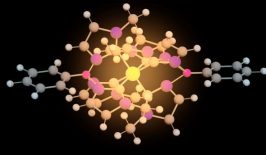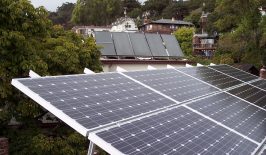Solar power trade-offs are a classic problem for clean energy solutions — the cheapest solar panels are usually the least efficient, because they don’t use complicated manufacturing processes.
Most of the photovoltaic panels (PVs) installed around the world use technology that’s nowhere near cutting edge, capturing between 15-19 per cent of sunlight relatively cheaply. The fact the technology is cheap has seen solar farms and installations on buildings in urban areas pop-up quickly, dramatically reducing costs for homes and businesses and cutting greenhouse gas emissions.
More advanced technology is able to capture more sunlight and produce more enegy, but it hasn’t been all that affordable – until now. A new design from Insolight, a project spun out from École Polytechnique Fédérale de Lausanne (EPFL) in Switzerland, shows significant promise.
It offers both a proven boost in collected energy, and a way for this sort of high-tech solution make it out of the laboratory and into production by solar panel manufacturers — and onto your roof.
The technology is based on how satellites are powered in space. In space, where no one can hear you scream, no one can bother your PVs, either. To maximise weight-savings for expensive rocket launches, highly efficient (and highly expensive) panels are used, made up of fewer but more efficient cells, ones that are able to better concentrate the sunlight that hits them.
The Insolight innovation focuses on the idea of concentrating sunlight more efficiently, and the solution as shown is remarkably simple. The team use specially formed glass, joined together in a honeycomb of ball-shapes, to direct sunlight beams onto these efficient cells. The glass is also horizontally moved through the day as sun rises and falls to keep maximum exposure on each cell. The results from real-world designs show a yield of 29 per cent, well ahead of the efficiency of the average panel in use today.
The belief from Insolight is that the process doesn’t fundamentally change current rooftop solar panels. Adding their technology still results in a thin-panel system with the same shape as regular rooftop panels, that can be installed in the same way. The team tested this theory out through a year-long pilot test on the EPFL rooftop for a year, surviving the seasons.
“Our panels were hooked up to the grid and monitored continually. They kept working without a hitch through heat waves, storms and winter weather,” said CTO Mathieu Ackermann in a press release. “This hybrid approach is particularly effective when it’s cloudy and the sunlight is less concentrated, since it can keep generating power even under diffuse light rays.”
The next step is working with manufacturers – the team says it aims to have a product on the market by 2022.






